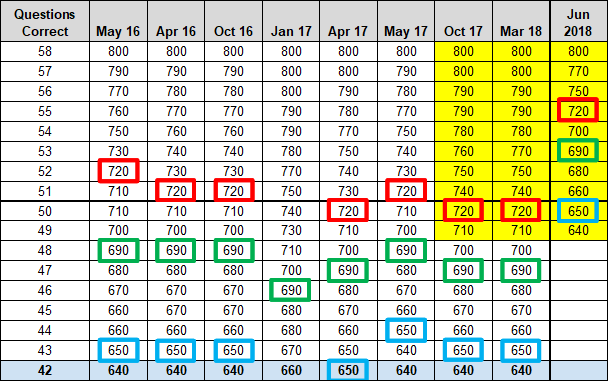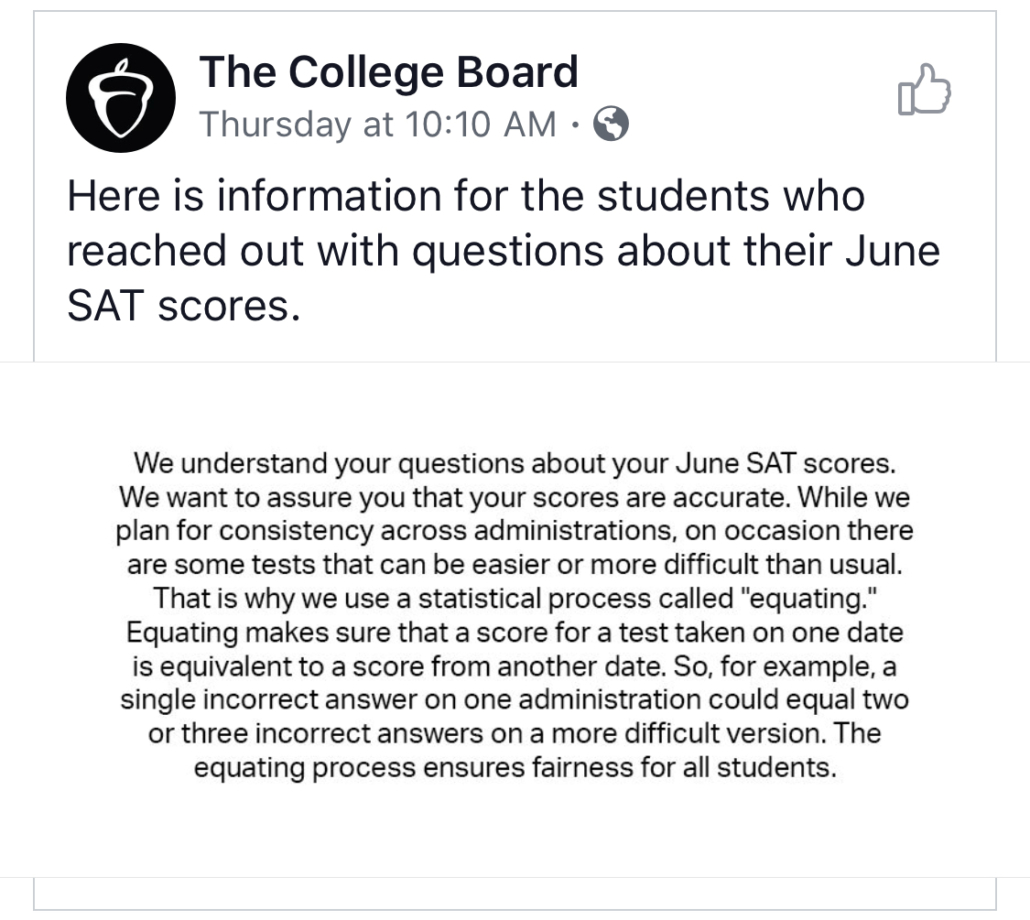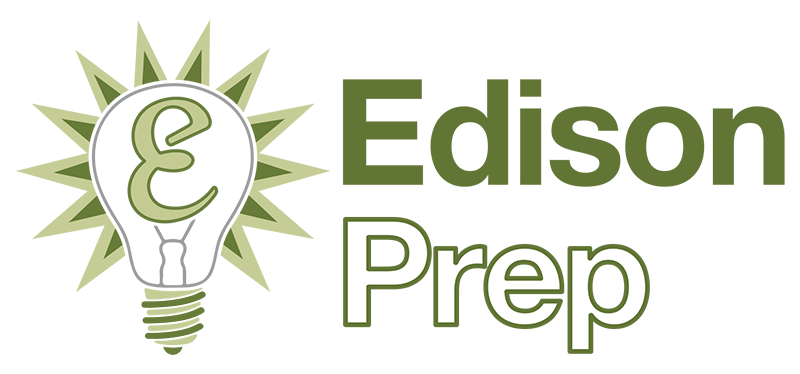The Curse of the Easy Test: A June 2018 SAT Case Study
The June 2018 SAT scores were released yesterday morning, and tutors’ phones and online student message boards such as Reddit and College Confidential instantly began to light up with seemingly unfathomable stories about an incredibly harsh curve on the June SAT test. Our first student text was “I missed 3 math questions and got a 720??? My last Blue Book test before the test I missed 8 and got a 750! Do you think [the College Board] messed up my score report? Should I call them?”
Unfortunately for the student, the score reported was not a misprint. In fact, many students scored far lower on the June SAT–despite missing fewer questions–than they scored on the real March 2018 or May 2018 SAT(s), or on tests from the College Board Blue Book.
What happened?
As the College Board saw it, the June test was intellectually far easier than previous tests. Without going into too much detail about how tests are designed, normed, and equated, this led to students getting dramatically more questions correct than on previous iterations of the SAT, which resulted in a much steeper curve than previous curves. This phenomenon was not new to the College Board; we covered this topic for the old-format SAT back in a 2013 blog post called “Curve Ball.” Essentially, when the whole nation does much better than expected, it creates a “traffic jam” at the top, and in order to maintain score consistency across test dates, they applied a more aggressive curve from the top down.
Both Silvia and I had supposed this might happen since we, as well as our professional tutor colleagues in Boston, DC,and elsewhere, had an unusual number of students reach out after the exam to say that the June test felt very easy and asking if others felt the same.
Let’s take a look at how the June 2018 Math test compared to other recent real exams:

The math curve was harsh. Missing one question dropped a student’s score to a 770 out of 800. Missing nine questions netted a 640. If you compare that to some of the tests in the official Blue Book, you could have missed literally double the number of questions (18) to get that same 640. It’s worth noting that the two 640’s — missing nine questions on June 2018 and 18 on some of the Blue Book tests — are equally likely. We tutor from the SAT Blue Book tests daily, and the tests that have the harsher curves in the Blue Book are intellectually easier, and vice versa, as they should be.
One important caveat is that this conversation is, for the most part, relevant just to the top 15% of the score curve. You can observe via the blue-colored row in the table above that by the time a student gets down to about 42 math questions correct (missing 16 questions), all math tests *except* the June 2018 one were within about 20 points of each other. The middle is the middle.
That’s admittedly not soothing for the top 15% scorers in a state in which the HOPE scholarship has propelled UGA’s average SAT score well into the mid-1300s (that top 15%). For those in the top 15%, and for those looking at highly selective schools that expect a top 15% score, those four questions that separated a 690 from a 770 on the June Math test mattered.
Why a harsher curve can be frustrating for top scorers is that the test is not just content knowledge. Missed questions can spring from misbubbling, a silly mistake, mis-allocating time on early questions and having to rush, or a host of other reasons. This kind of aggressive curve leaves less cushion for careless errors.
The College Board posted its official reply a day or two after the scores broke:

Luckily, this particularly tough curve occurred on the June test. Many rising seniors had already been planning to take the August or October test, and there’s technically four exams left for seniors. Rising juniors were mostly unaffected since they are a tiny portion of June testers.
Going forward, how should students unhappy with June scores react?
Students should register for the August test as soon as possible and keep their spirits up, reviewing before re-testing on August 25th. The June test was an anomaly compared to the other 20 tests, and the odds of a particularly easy test (especially given the media firestorm that has occurred due to the June test) are slim.
Going forward, how should families of rising sophomores and juniors plan and compensate for potentially unpredictable curves in the future?
Since it’s impossible to create tests that are exactly equal in difficulty, variability will continue to exist between each exam’s curve, and that is okay; it’s necessary for the test to be able to be accurately compared across months. Taking the test multiple times, or at least planning a student’s calendar in such a way that an additional test date or two is possible if needed, is the best way to hedge against the risk of an uncertain curve on a given test date. Higher scoring students are even more encouraged to do so, since there is far more variability in the top 15% of the score range than in the middle of the score range.
Ideally, any student who has done extensive practice should be actively hoping for an incredibly difficult test, since they’ll weather the storm relatively better than those students who simply walk in cold and wing it.
We have long told students that they should take mock tests of each test to determine the stronger test, and then analyze the test date calendar for the stronger test in order to figure out which portion of junior year has a span of 2-3 consecutive test dates to take the stronger test back to back. Doing so maintains momentum, and also protects against variability such as what we saw on the June 2018 exam. Only about 11% of our students in 2017 took the test once and chose to be “one and done,” with around 2.5 times being the average among our data and among tutoring colleagues with whom we compare notes. For that reason, students should plan on taking their first SAT between August of their junior year and March of their junior year to ensure at least three chances to take the SAT, if need be. (For the ACT, that same period would represent taking the first real exam between the September and February tests of junior year.)
Questions? Email us at [email protected].
Note: For the sake of brevity we did a deep dive into the June 2018 math curve for this blog post. The Reading/Writing section was also one of the most aggressive seen since the format switch in mid-2016. June 2018 was an aggressive curve on all three fronts (reading, grammar, and math).
Additional reading:
1) Inside Higher Ed’s take on the June 2018 SAT
2) Princeton Review: “Why you don’t want an easy SAT”









